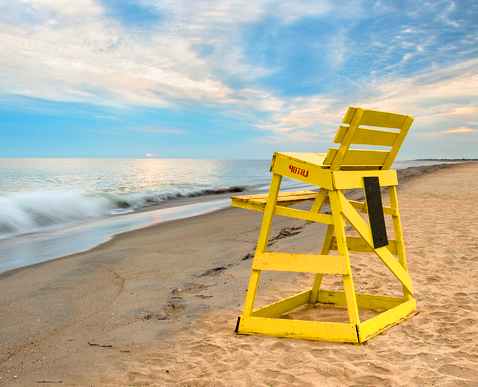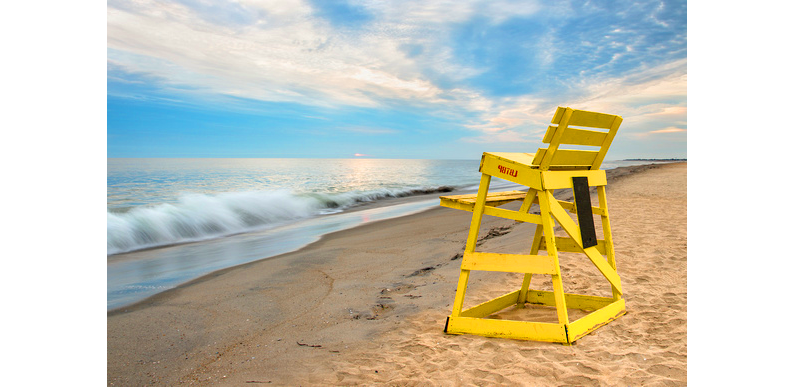
Staying Safe During Spring Break

How are you planning on spending your spring break? 53% of college students are going to travel for spring break, and whether you count yourself among them or not, it’s still important that you don’t overdo it during your break from classes. Regardless of your plans including a pilgrimage to somewhere it actually feels like spring, going home to visit family and unwind, or just taking a week to chill out in your dorm and catch up on some much-needed sleep, you need to make sure that you don’t end up doing damage to your system instead of recuperating. To help out, we’ve compiled a few tips from the CDC that will help you make sure your break is and restful and reparative as possible.
Going to the beach? Take proper precautions
That means: wear sunscreen, and know where it’s safe to swim. Sunscreen is an important tool for protecting yourself from unnecessary harm. After a particularly harsh Chicago winter, it probably feels like you haven’t seen the sun in 1,000 years. So by all means, feel free to get your fill of that great yellow orb! But keep in mind that prolonged sun exposer can lead to premature aging, changes in skin texture, and skin cancer. Always wear at least SPF 15, and remember to reapply! Your skin will thank you, and in ten years, you’ll be glad you took the extra 30 seconds to make sure your skin stayed healthy.
As for swimming, make sure you follow all posted signs for safe swimming areas, and wear a lifejacket if necessary. Riptides, which are incredibly strong currents that form near beaches, often don’t look like much from the shore. If you see a posting for a riptide that tells you not to enter the water, heed the warning. And if you do end up caught in a riptide, don’t swim against it. You will tire yourself out before your reach the shore again. Instead, swim parallel to the shoreline in order to get out of the current. Once you’re free from the current, you can safely swim back to shore. For more information on riptides and how to avoid them, check out this helpful article.
Limit alcohol consumption
If you’re planning on celebrating spring break with a few drinks (which you should only do if you’re of legal drinking age, of course), you’re going to need to make sure you keep an eye on the amount of alcohol you’re consuming. The CDC lists a standard drink as 12 oz of beer, 8 oz of malt liquor, 5 oz of wine, or 1.5 oz of liquor.
Here’s a little-known fact: those red solo cups that you’ve seen in countless movies and undoubtedly at a few real-life parties? They hold 16 oz, not 12. That means if you fill one up, you’re actually consuming more than one serving of beer. Keep this in mind, and also make sure you know the ABV (alcohol by volume) of what you’re drinking in order to get an accurate picture of your overall consumption!
Another important thing to keep in mind: according to the CDC, alcohol-related motor vehicle crashes kill someone every 31 minutes and non-fatally injure someone every two minutes. You probably already know this, but don’t drink and drive. It’s never worth it, and with the advent of Uber and Lyft, you have tons of other options to get home. Don’t put your life at risk! For more information about drinking safety, check out this helpful article from the CDC.
Also, don’t forget that Columbia is a dry campus, even for students who are 21+, and yes, even during spring break. Don’t do anything that will put your academic career at risk!
Get active!
The first half of the semester was most likely chock-full of projects that required you to sit in front of a computer screen for hours on end. That, combined with the truly awful weather we’ve had to endure, probably means that you weren’t as active as you maybe should have been. Spring break is the perfect time to remedy that, so why not take advantage of your free time and get your blood pumping? Go for a run, take a walk around the city, attend a fitness class, or make use of the fitness center! Whatever you do to get your heart rate up, your body will thank you.
For more information on staying safe during spring break, check out the CDC’s complete guide.
